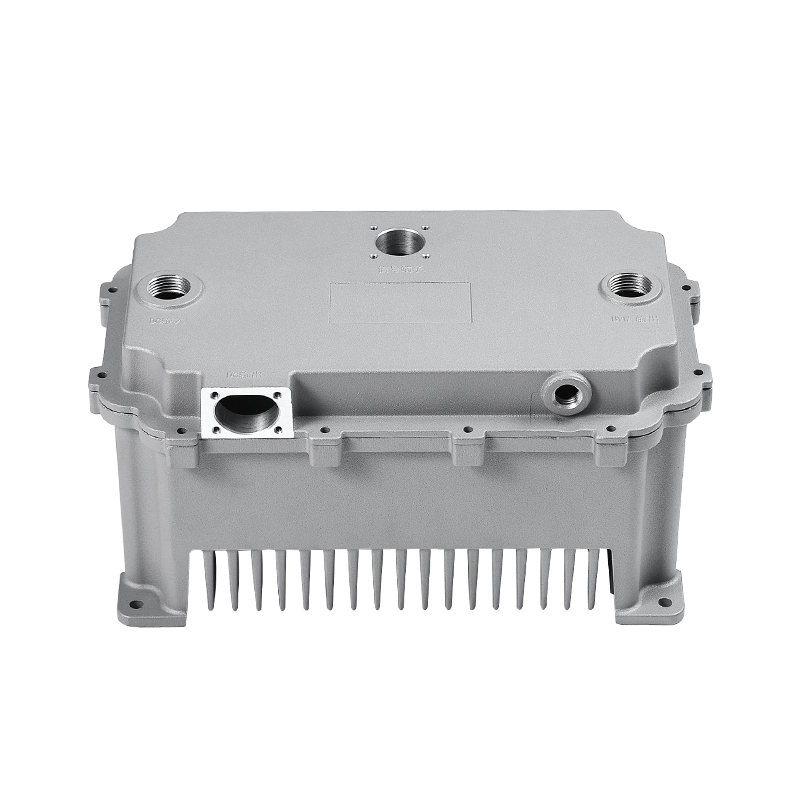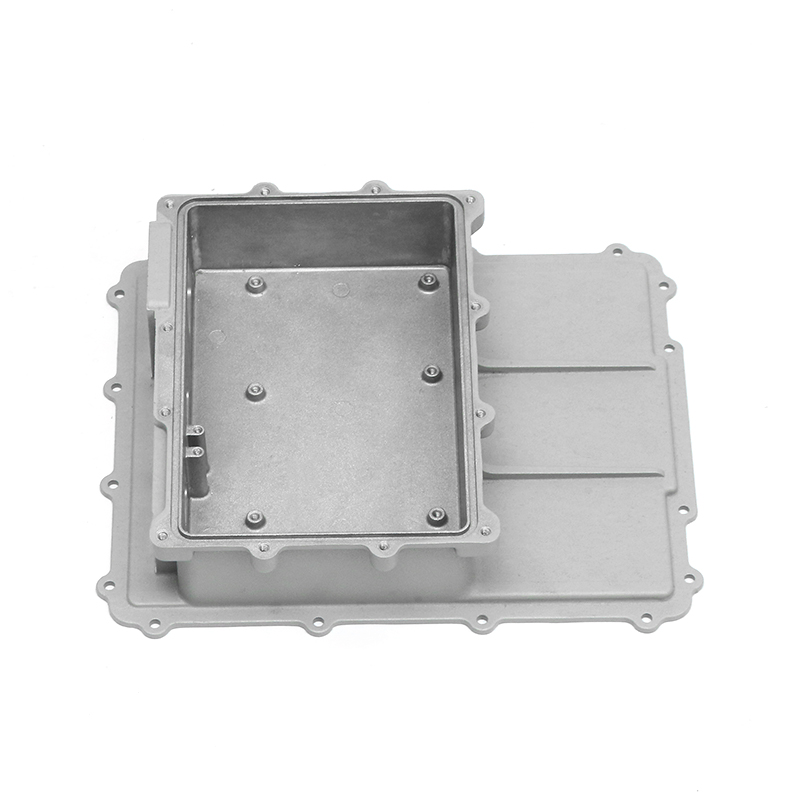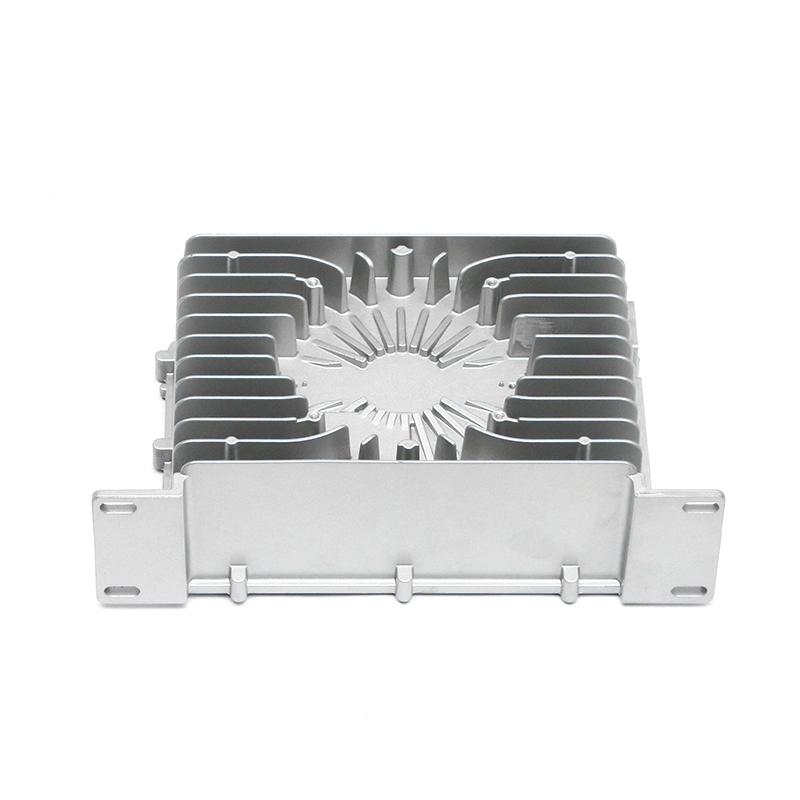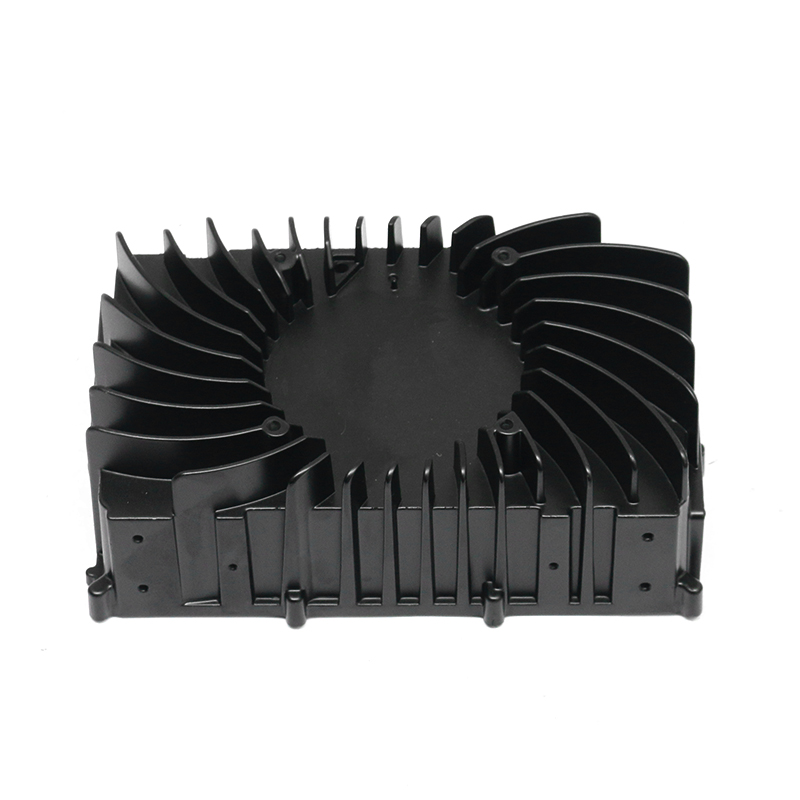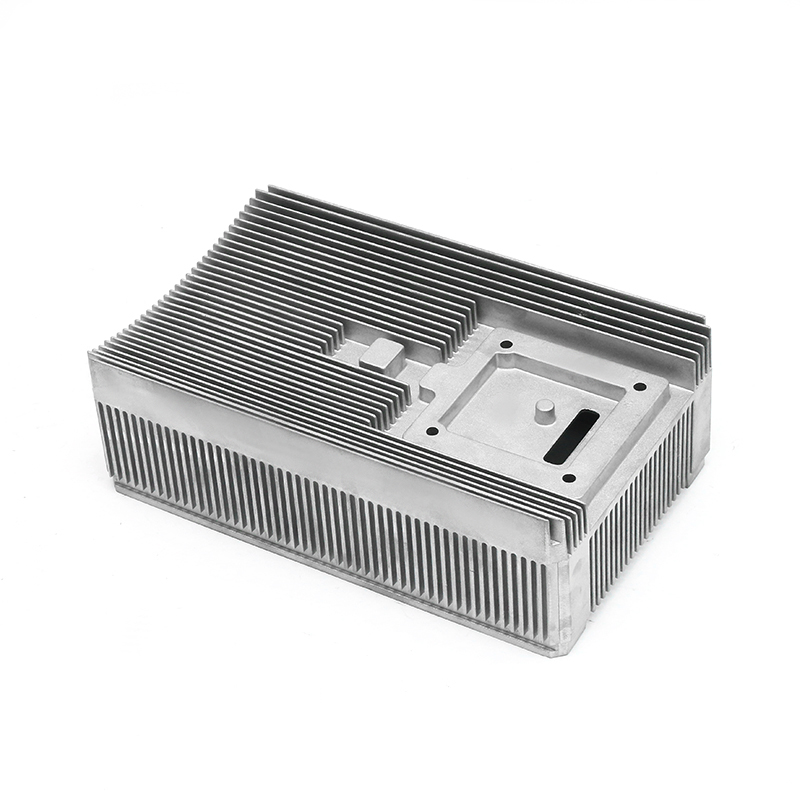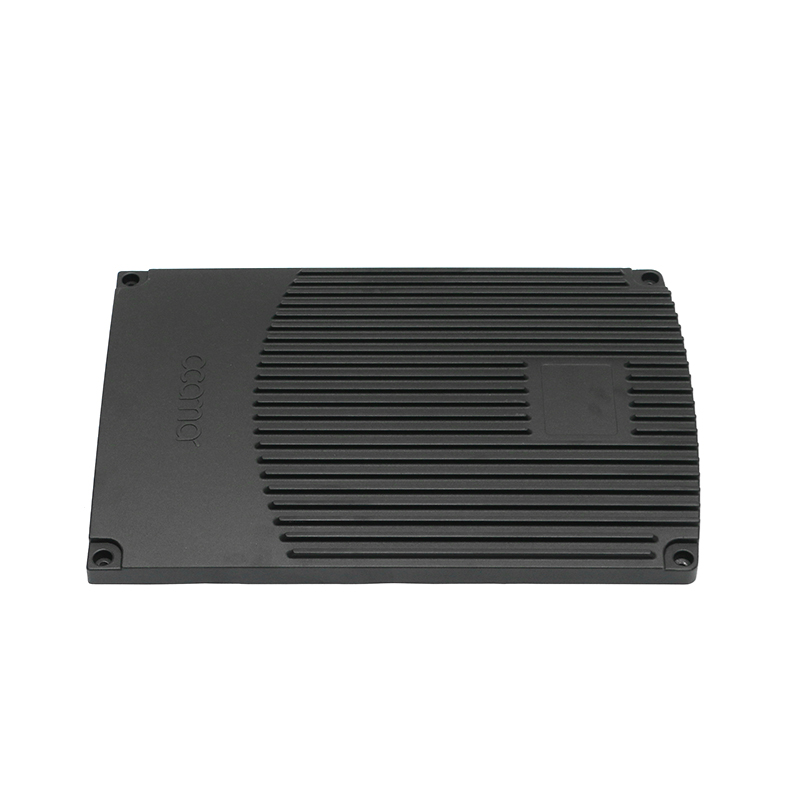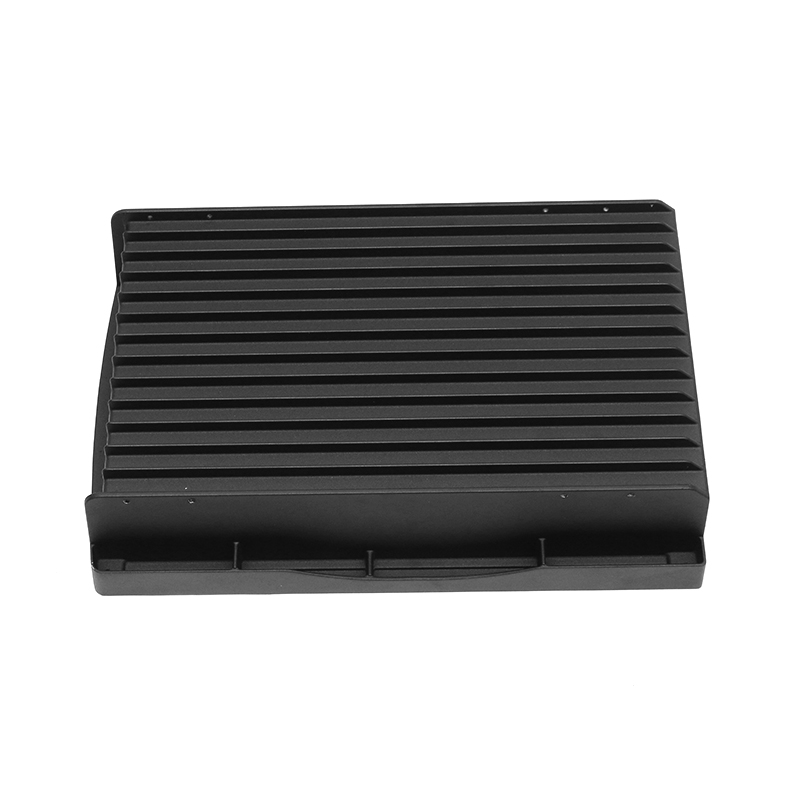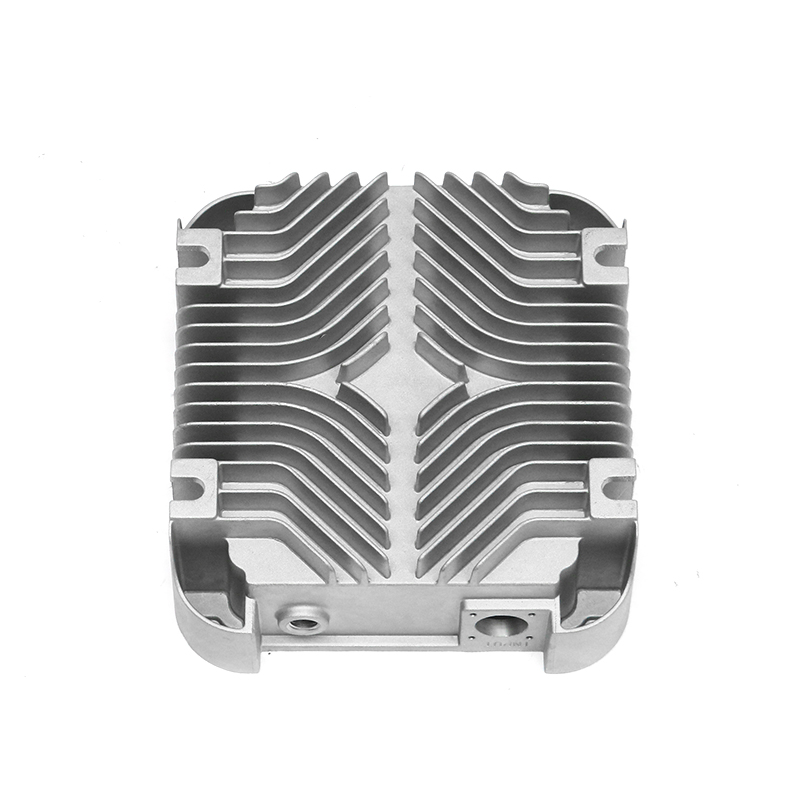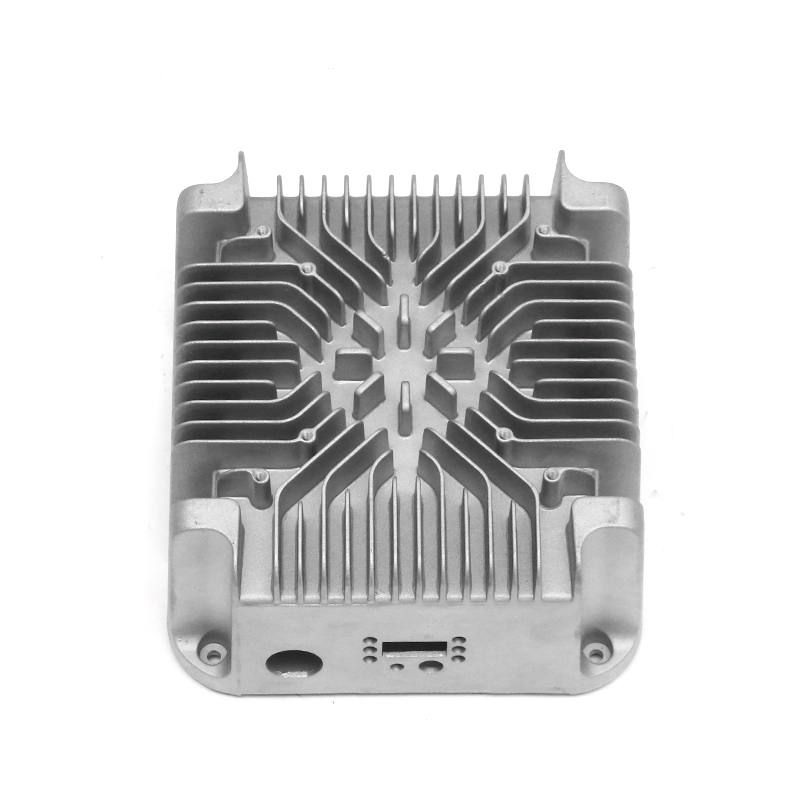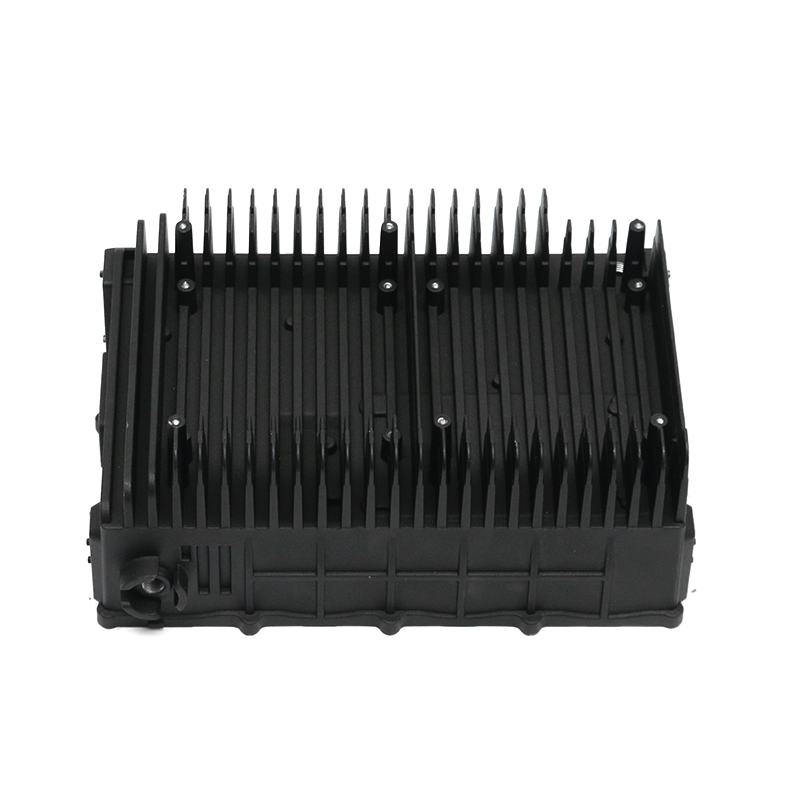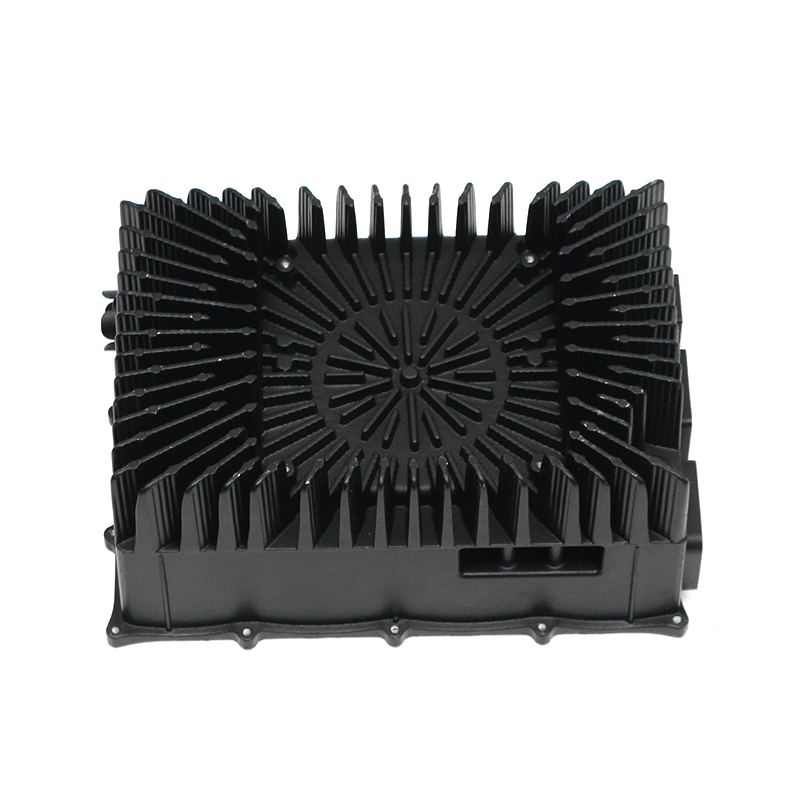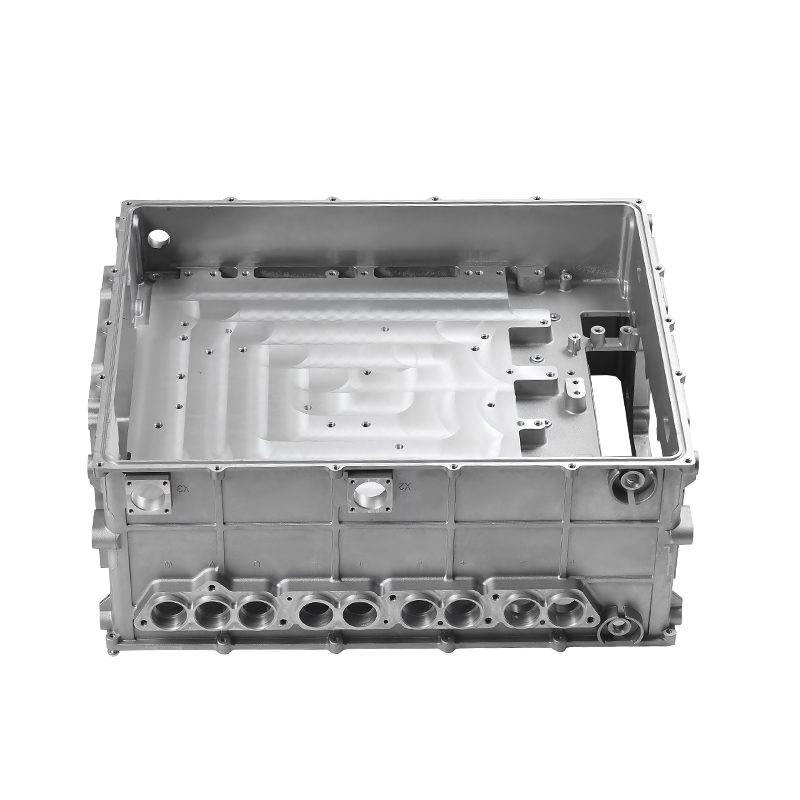Importance of Heat Dissipation in New Energy Motor Housings
The development of new energy vehicles places high demands on electric motors, and the housing is a critical component that affects durability and efficiency. Heat dissipation plays a central role in ensuring stable operation of motors, preventing overheating, and extending the service life of parts. In this context, electric motor casing produced through aluminum die casting china processes becomes an important solution. The ability of the housing to dissipate heat is not only linked to material selection but also to the overall die casting manufacturing process, design structure, and surface treatment.
Material Selection and Its Role in Heat Dissipation
Choosing the right material is the first step toward achieving better heat management. Die casting alloy such as aluminum and magnesium are widely used because of their favorable thermal conductivity and lightweight properties. Aluminum die casting factory often focuses on alloys like ADC12 or A380, which balance strength with thermal efficiency. When compared to other materials, aluminum provides a reliable foundation for automotive die casting, where controlling both heat and weight is essential. The choice of alloy also influences corrosion resistance, mechanical stability, and compatibility with different casting automotive parts.
Structural Design Considerations for Heat Dissipation
The geometry of the housing has a direct impact on heat transfer. Engineers must integrate fins, ribs, and optimized wall thickness into the die casting car parts to maximize surface area and facilitate heat release. In casting car parts, thinner walls allow heat to escape faster, but they must also be designed to maintain mechanical strength. The balance between structural integrity and thermal flow is a central challenge that die casting parts manufacturers in China and abroad address in their product design.
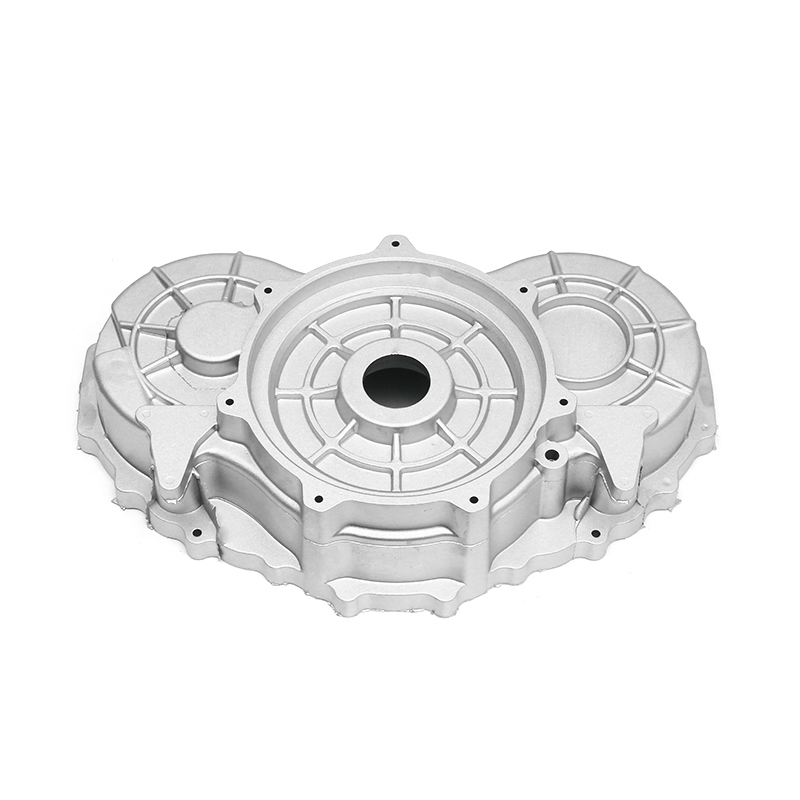
Surface Treatments and Coatings
The surface finish of the automotive casting also influences how effectively heat is managed. Processes such as anodizing, powder coating, or specialized thermal coatings enhance the heat conduction or radiation efficiency. For instance, dark coatings can improve heat radiation properties. Additionally, protective treatments help maintain long-term performance by preventing oxidation and corrosion, especially when the die casting automotive parts are exposed to harsh environmental conditions.
Role of Advanced Die Casting Processes
The die casting manufacturing process itself plays a critical role in determining the final thermal behavior of the product. High-pressure die casting, vacuum-assisted die casting, and semi-solid die casting are commonly applied in automotive die casting to ensure fine grain structures and reduced porosity. This helps improve thermal conductivity by creating consistent metal density. Leading china die casting manufacturer companies integrate automated control and precise injection systems to maintain repeatability and consistency in casting automotive parts production.
Integration with Cooling Systems
The housing does not work alone; it often collaborates with cooling systems such as liquid channels, air cooling fins, or integrated heat sinks. In many automotive die casting designs, liquid cooling channels are integrated directly into the electric motor casing to enhance performance. This requires precise manufacturing from specialized aluminum die casting factory operations to ensure leak-proof structures. The integration of cooling designs into die casting alloy components demonstrates how structural innovation supports functional efficiency.
Quality Monitoring and Testing of Heat Dissipation
Quality control is vital for ensuring that heat dissipation expectations are met. Automated inspection equipment and quality monitoring system approaches are commonly adopted in die casting parts manufacturers facilities. Techniques such as infrared thermal imaging, thermal conductivity testing, and durability analysis are used to verify performance. For casting car parts, such testing ensures that the product can operate reliably under real-world conditions, including high loads and extended operation times.
Common Testing Methods for Heat Dissipation Performance
| Testing Method | Application in Die Casting Components |
|---|---|
| Infrared Thermal Imaging | Detects hot spots and evaluates cooling uniformity |
| Thermal Conductivity Testing | Measures material’s ability to conduct heat |
| Mechanical Endurance Testing | Ensures housing withstands operational stress |
| Corrosion Resistance Testing | Evaluates long-term performance in harsh settings |
Role of Automation in Ensuring Precision
The contribution of automated production equipment and automated production system cannot be overlooked. By automating critical phases such as alloy mixing, mold filling, and cooling cycles, manufacturers achieve consistency in thermal performance. Automation reduces defects like porosity and cold shuts, which negatively impact the heat transfer of die casting alloy parts. A china die casting manufacturer using modern automation can ensure higher reliability and efficiency when delivering die casting automotive parts for both domestic and international markets.
Collaboration with Pump Casting and Related Industries
In addition to motor housings, other fields like pump casting manufacturers also emphasize effective thermal control in their products. This creates opportunities for knowledge sharing and cross-industry innovation. Practices developed in casting automotive parts may also be adapted to pumps or compressors, and vice versa, ensuring broader advancements across multiple fields. The connection between die casting automotive parts and pump casting manufacturers illustrates how different industries face similar challenges in heat management.
Future Trends in Heat Dissipation Optimization
Looking ahead, lightweighting and enhanced efficiency remain central in the evolution of aluminum die casting china and automotive die casting practices. Research is increasingly focused on advanced alloys, nanostructured surfaces, and hybrid materials that improve heat transfer. Smart quality monitoring system integration with digital twins allows real-time monitoring of casting car parts and electric motor casing under working conditions. These innovations will enable die casting parts manufacturers to deliver components that not only meet performance standards but also align with sustainability requirements.
Comparison of Traditional vs. Advanced Die Casting Approaches
| Aspect | Traditional Die Casting | Advanced Automated Die Casting |
| Material Density | Moderate, risk of porosity | High density, low porosity |
| Heat Dissipation | Basic, design-dependent | Optimized through process control |
| Quality Consistency | Variable | Stable and repeatable |
| Integration with Cooling | Limited | Advanced integration possible |
